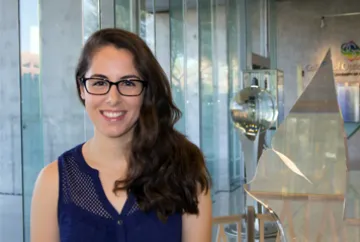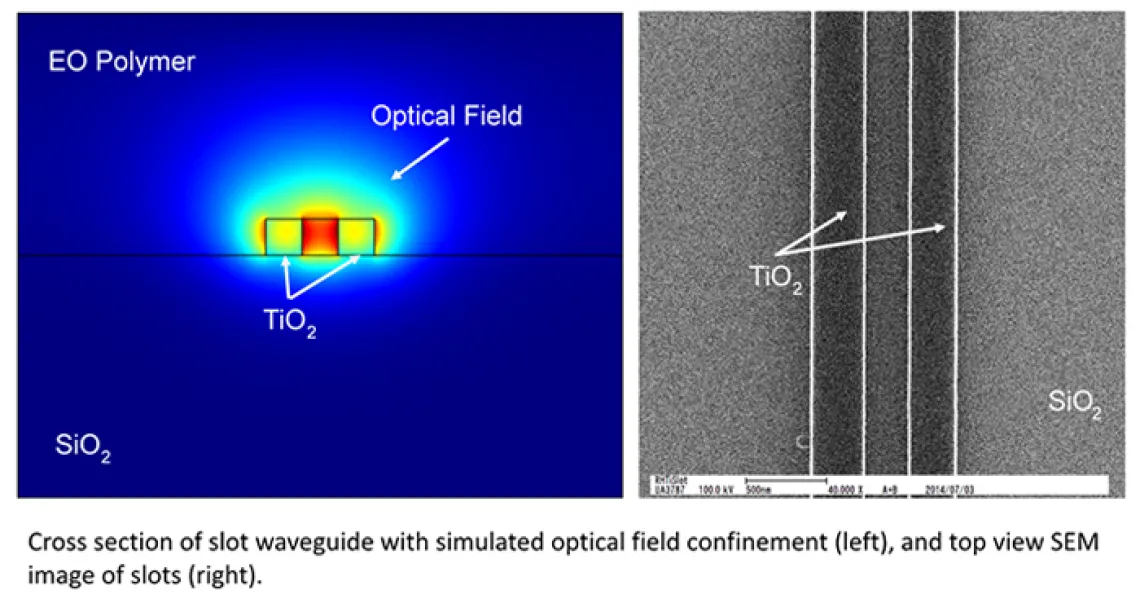Another Wavelength: Stephanie Arough

This month on Another Wavelength, we learn more about third-year Ph.D. student and Optics Ambassador Stephanie Arouh. Originally from South Brunswick, New Jersey, Stephanie is a 2014 Dean's Funds for Excellence Scholarship recipient.
What brought you to optics?
I studied Engineering Physics during undergrad. I enjoyed the E&M aspects of many of the classes, and I took some optics-specific classes. I was able to join a lab group working on different types of gyroscopes. I learned about more advanced waveguide theory than I learned in classes, and I was able to get some fabrication experience. I really enjoyed it and wanted to continue to study in the field.

Who would you call your science hero?
Isaac Newton. I have studied him from a scientific point of view as well as a historical point of view. The contributions he made to math and science (and optics!) are still seen today. There was such a broad range of topics that he was able to contribute significant research to. His interest in the world around him and his dedication to discovering how things work is something that I admire and aim to emulate in my own studies.
Describe your research in 20 words or fewer.
Design and fabrication of hybrid electro-optic polymer/sol-gel slot waveguide modulators.
Describe your research in 200 words or fewer.
I design, simulate, and fabricate waveguides for use as signal modulators. The waveguide cores are TiO2 slot waveguides, and the cladding material is a polymer whose refractive index changes with an applied electric field. Changing the refractive index of the cladding changes the phase of the light travelling through the device, and using the different phases, data can be encoded.
My devices are unique due to the method of creating the TiO2 films. Usually TiO2 films are grown, but my method, sol-gels, are liquids that can be spun on a substrate and cured to form a thin metal film. The slot structure is also not as common. It is a slightly more complicated structure, but in theory allows for higher confinement of light, and therefore less signal loss.

Name three neat facts about you.
- I danced for 18 years.
- I was on the varsity fencing team during undergrad.
- My favorite food is muffins.
